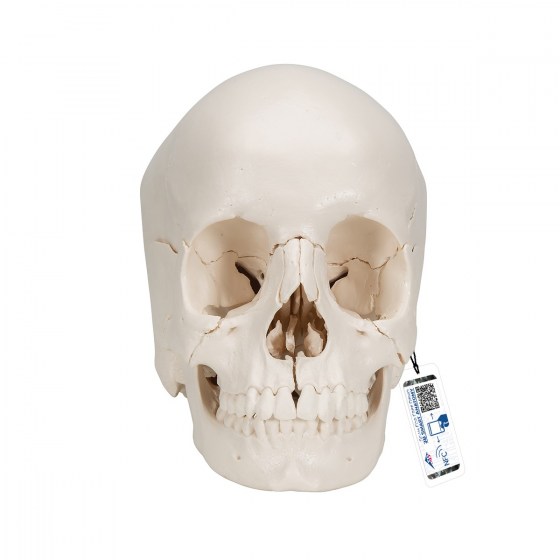Do you need advice? +420 545 235 668
Dandelion Flower (Taraxum officinale), Model
Catalog number: 1000532
Product availability: Delivery date HERE
Weight:
3 Kg
Description
Enlarged 10 - 20x life-size, 3 individual models
Family: Asteraceae
Dandelion belongs to the Asteraceae family of composite flowers. Characterized by numerous florets arranged in a dense inflorescence that is contained by overlapping green bracts that open and close to protect the flower. The word dandelion refers to the large tooth-like indentations on the plant’s leaves and the bright yellow color of its flower head. The taproot, which can extend as much as 2 meters in depth, can be roasted in the fall and used as a substitute for coffee. Historically it was a precursor to hops used as a bittering agent in beer. The leaves are edible, though especially tasty in the spring. The milky sap of dandelions was used to purify the blood, cure stomach ailments, treat gall bladder and liver disorders.
The Dandelion model contains three separate models, each on their own base. The inflorescence is enlarged 10 times life-size. It contains up to 200 florets in its tight bracts. The florets has five lobes and are magnified to 20 times life-size. Through an intricate process of fertilization, the seed begins to mature. Shown at 20 times life-size the seed ripens and the beak grows to three or four times its length. When it opens, the Dandelion’s characteristic puff ball allows dissemination of its seeds by wind. Flower: 8 x 10 x 13.5” enlarged 10x, Floret: 5 x 5 x 13” enlarged 20x, Seed: 5 x 5 x 13” enlarged 20x
Family: Asteraceae
Dandelion belongs to the Asteraceae family of composite flowers. Characterized by numerous florets arranged in a dense inflorescence that is contained by overlapping green bracts that open and close to protect the flower. The word dandelion refers to the large tooth-like indentations on the plant’s leaves and the bright yellow color of its flower head. The taproot, which can extend as much as 2 meters in depth, can be roasted in the fall and used as a substitute for coffee. Historically it was a precursor to hops used as a bittering agent in beer. The leaves are edible, though especially tasty in the spring. The milky sap of dandelions was used to purify the blood, cure stomach ailments, treat gall bladder and liver disorders.
The Dandelion model contains three separate models, each on their own base. The inflorescence is enlarged 10 times life-size. It contains up to 200 florets in its tight bracts. The florets has five lobes and are magnified to 20 times life-size. Through an intricate process of fertilization, the seed begins to mature. Shown at 20 times life-size the seed ripens and the beak grows to three or four times its length. When it opens, the Dandelion’s characteristic puff ball allows dissemination of its seeds by wind. Flower: 8 x 10 x 13.5” enlarged 10x, Floret: 5 x 5 x 13” enlarged 20x, Seed: 5 x 5 x 13” enlarged 20x








